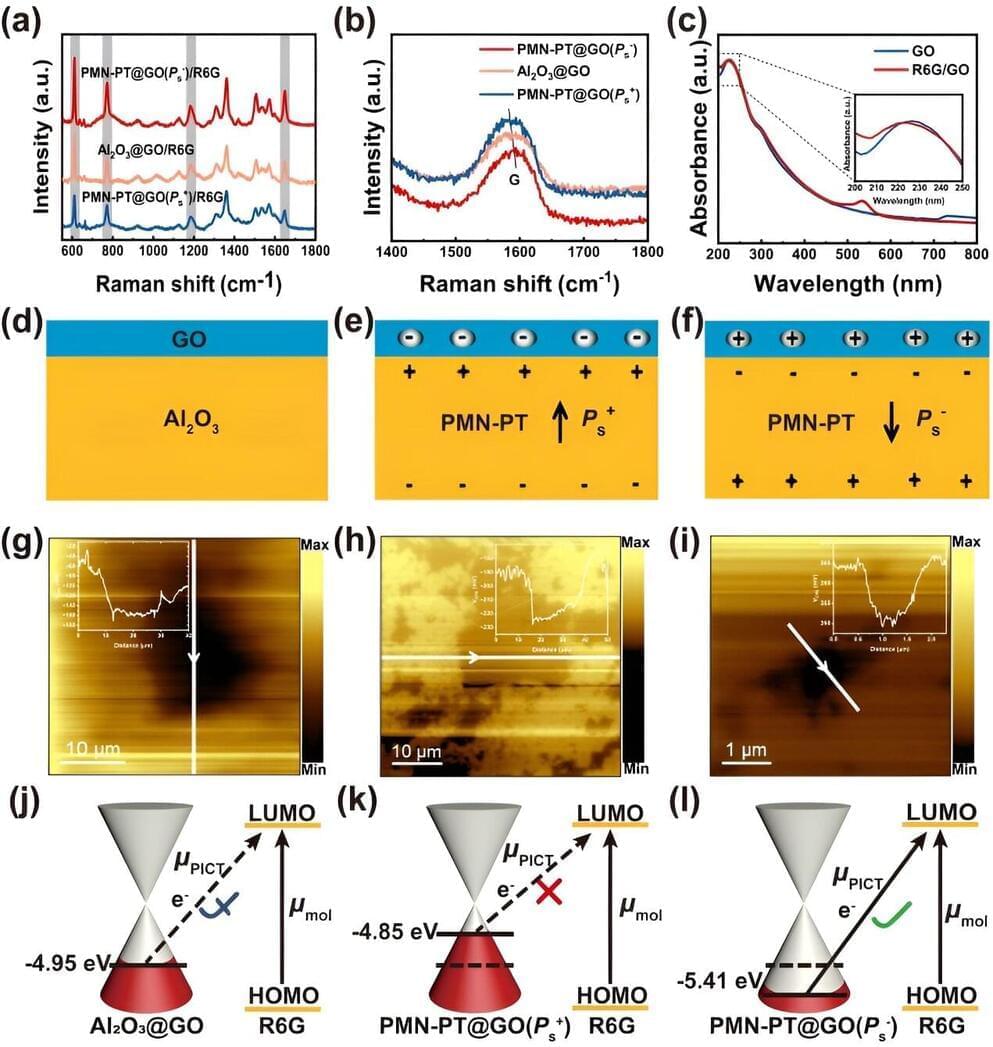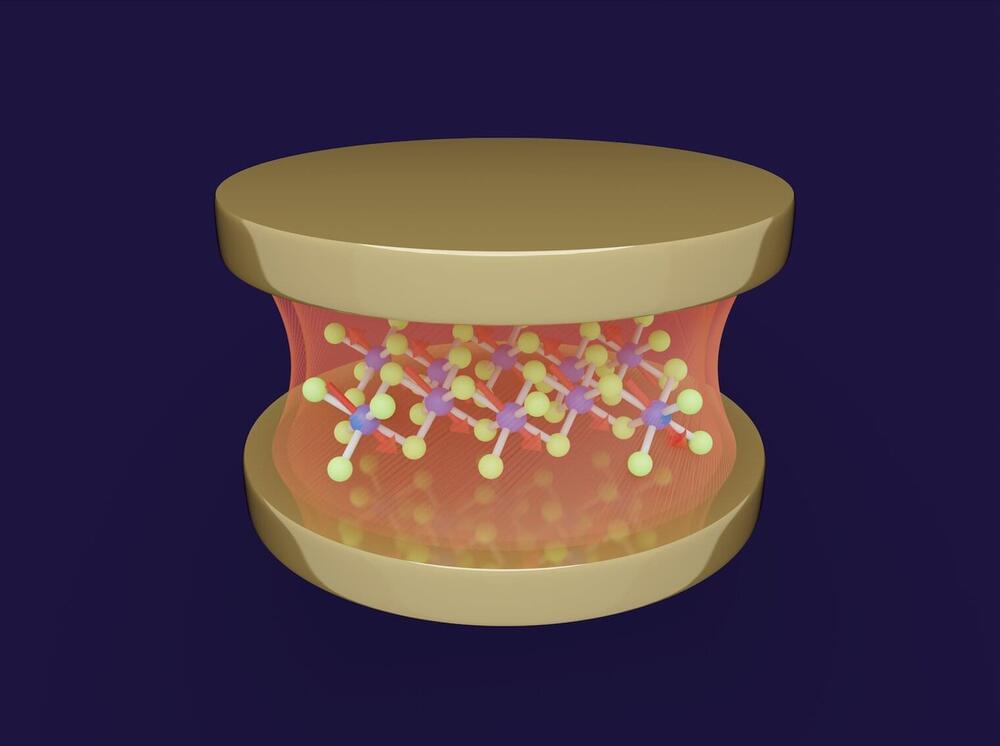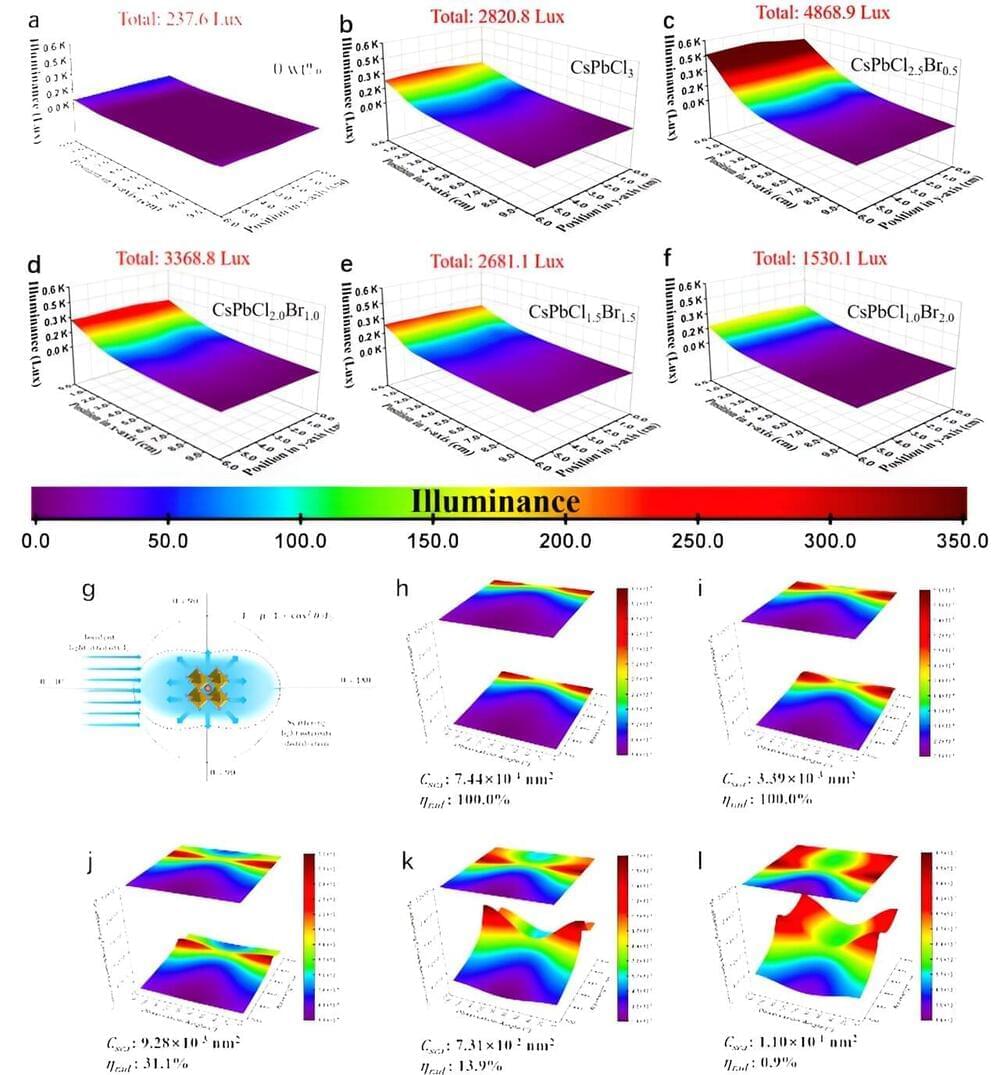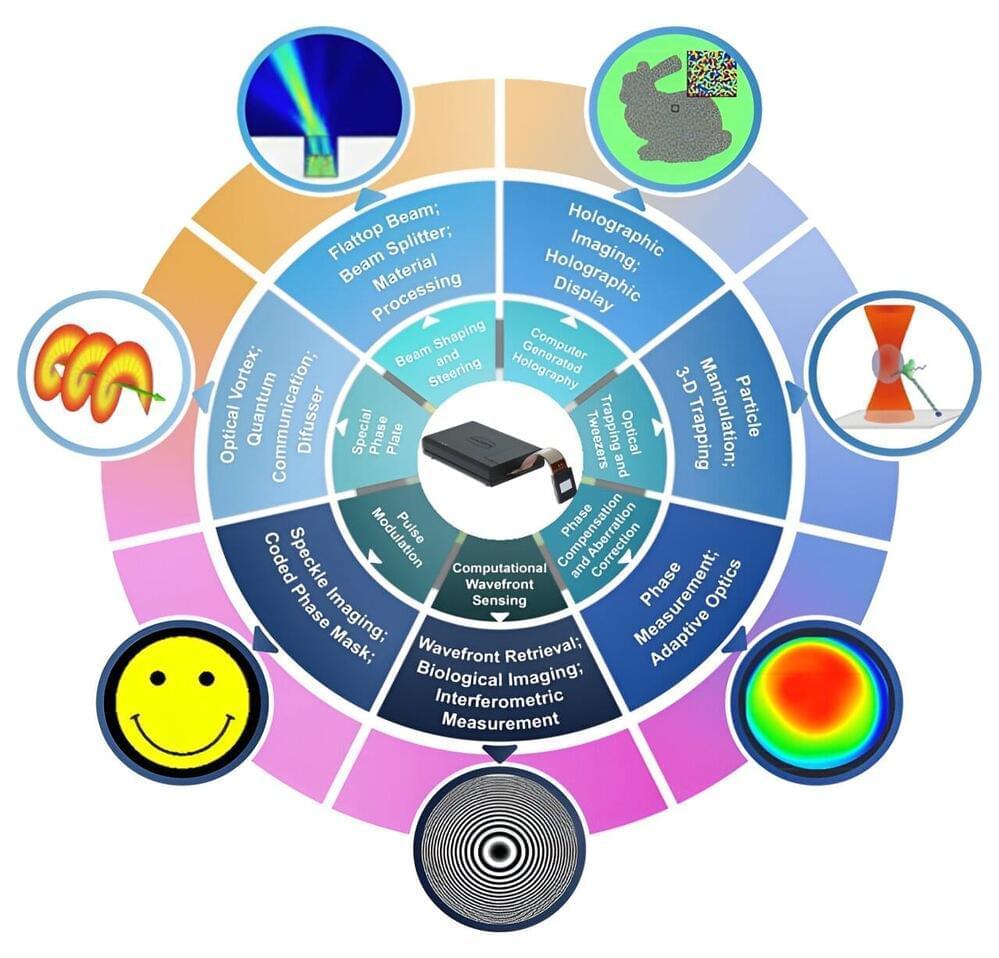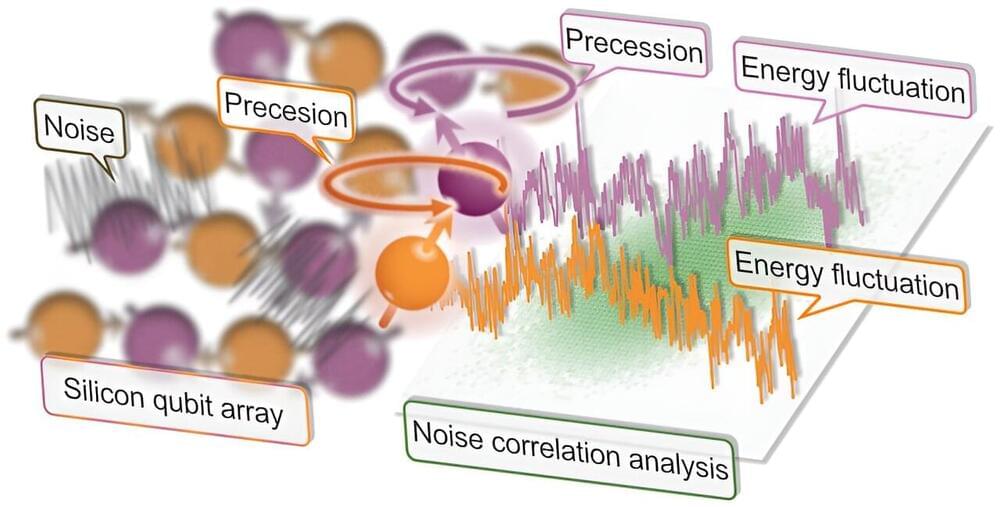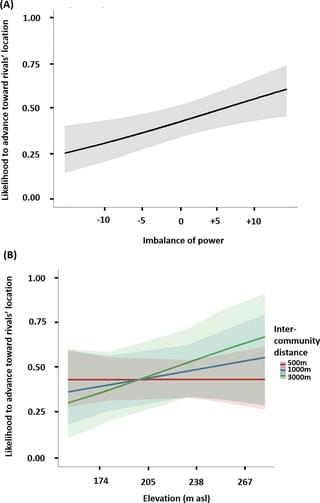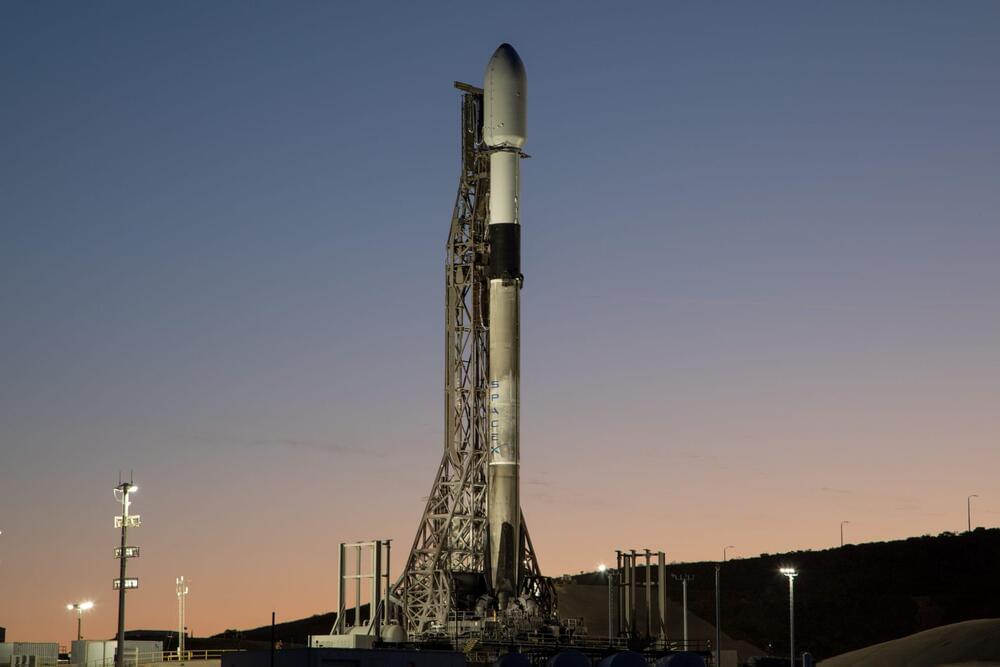Technology to control and harness light has existed for centuries, often as static solutions that must be custom-designed. It is only in the past couple of decades that the digital era of micro-electronics and computing has seen fast rewritable technology meant for displays find its way into the mainstream of optics.
In a new review published in Opto-Electronic Science, the authors showcase the recent advances in replacing the traditional static optical toolkit with a modern digital toolkit for “light on demand.” The result has been the introduction of digitally controlled light to nearly all major optical laboratories worldwide, opening new paths for the creation, control, detection, and harnessing of exotic forms of structured light. The advanced toolkit promises novel applications from classical to quantum, ushering in a new chapter in on-demand structured light.
The authors of this article reviewed recent progress in using a modern digital toolkit for on-demand forms of sculptured light, offering new insights and perspectives on this nascent topic. The core technology that has advanced this field is the liquid crystal spatial light modulator (SLM), allowing high resolution tailoring of light in amplitude, phase, polarization, or even more exotic degrees of freedom such as path, orbital angular momentum, and even spatiotemporal control. These simple yet highly effective devices are made up of millions of pixels that can be modulated in phase, for spatial control of light in an in-principle lossless manner.

